All US wine labels are required to have a specific set of items. However, many of the most commonly seen wine label items are actually not required to appear on them. The items I’ll refer to as the “top three” non-required wine label items are; vintage, varietal and appellation.
Wine consumers often use wine labels as a shopping guide to come to a decision when standing in the wine aisle at the store. Their decision may or may not be influenced by the items seen on the labels, but rather by the overall design package of a bottle. In other words something that “jumps off the shelf at them”. Were they to take a closer look and become more familiar with the many items that appear on a wine label they would then have a whole new set of shopping tools at their disposal.
US wine is required to be labeled with a specific set of items. Three of the items that appear most commonly on wine labels are actually not part of that required list. Those three items are: vintage, varietal and appellation. Though these items are not required (per federal regulations), wineries have long placed them on their labels as they are very common talking points about wines.
Vintage relates to the year that the grapes in the wine were harvested. This gives wine its age identifier for wine collectors who use it to base when to consume wine, or for the more casual wine drinker who expects to see a recent year on wines they are drinking. Since the wine industry is an agricultural one, vintage is also a term used in reference to what type of growing and harvesting season a year was. (As in, “2007 was a very good year”)
Varietal is the name of the majority type of grape that was used to make the wine. Here again, wineries will refer to their wines by their varietal name, as in “our Sauvignon Blanc, Pinot Noir, etc”. Wine consumers have also become extremely familiar with varietal names and often will use them as a guide in their buying decisions. When I say that varietal is not a required item for wine labels I am technically accurate, but not divulging the entire story. All wines are required to have what is called a “class & type” on their label, and a specific varietal name is one example of a “type”. Wines at a minimum must be identified by their color, as in red wine, white wine, or rose wine.
The third item, appellation completes the commonly used descriptor wineries use when referring to their wines. An appellation is the geographic area that the majority of the grapes used in the wine came from. Wineries will include this when referring to their wines as in, “our 2008 Sonoma Coast Pinot Noir”. While it is not a required item, if a winery chooses to use either a varietal or a vintage on its wine label then an appellation must also be placed in proximity to them on the label.
Wine labels sounding more intricate than you ever thought? Each of these three items if used on a wine label also must adhere to minimum percentage requirements. For more specific details on what those percentages are you can visit the TTB’s website at: http://www.ttb.gov/wine/wine-labeling.shtml. I guarantee that once you learn about just these three items alone you will never look at wine labels quite the same again.
Recent Posts
If you aren’t in the winery compliance world, don’t write about it!
Nails on a chalkboard. Folks, there is already a lot of incomplete or flat-out wrong information shared about winery compliance. Let’s not add to it! Stay in your lane. If you’re not actually in the winery compliance world, please spare all of us who are, and do not...
Eight takeaways from the CalRecycle training webinar on CA CRV requirements.
I joined in with the group of around 500 other folks who showed up live to CalRecycle's informational webinar on what the CA CRV reporting will mean for wineries. A fun way to kill a couple of afternoon hours on a Friday afternoon! But seriously it was very...
